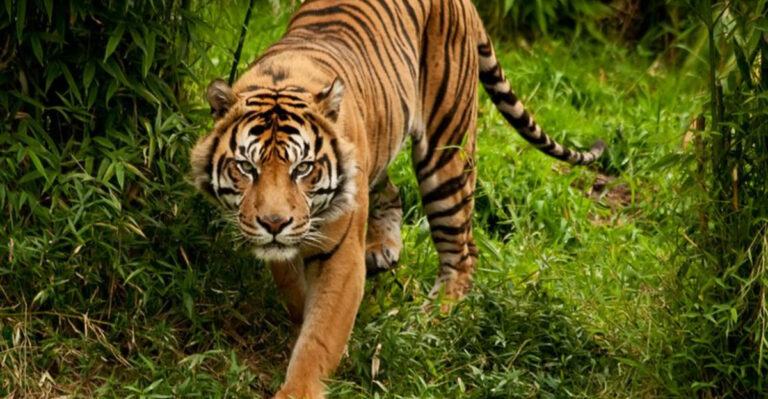Are Grizzly Bears Coming To Texas? 12 Things You Need To Know
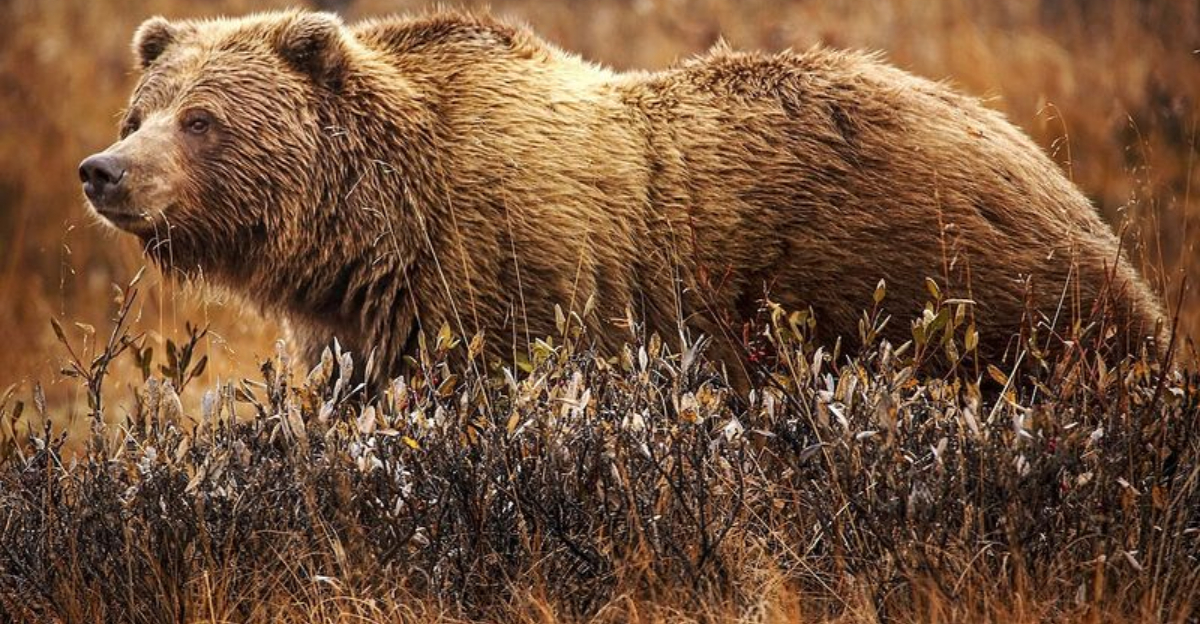
Rumors about grizzly bears potentially returning to Texas have sparked both fear and curiosity among residents.
These massive predators once called parts of Texas home, but disappeared over a century ago. Before you start worrying about encountering a grizzly on your next camping trip in the Lone Star State, let’s separate fact from fiction with these essential points about grizzlies and Texas.
1. Grizzlies Once Roamed Texas
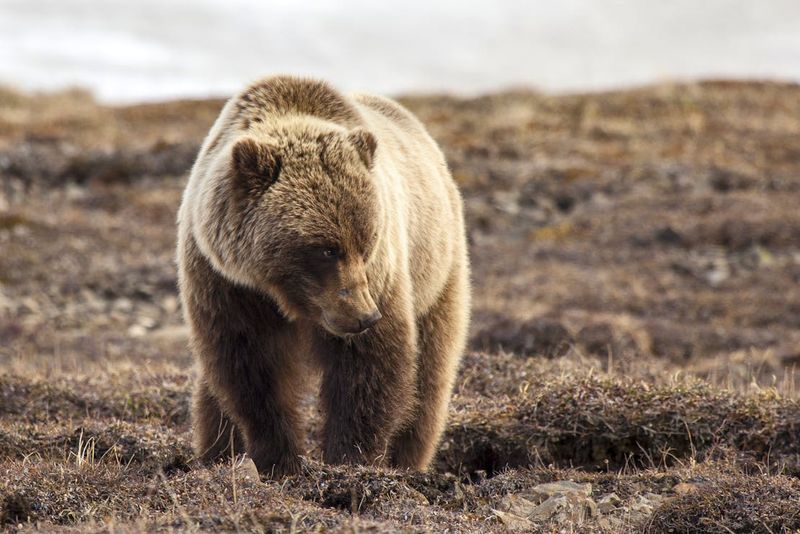
Historical records confirm that grizzly bears actually wandered Texas soil long ago. These powerful creatures inhabited mountainous areas of West Texas, particularly in what we now call the Trans-Pecos region.
Early settlers and explorers documented encounters with these massive bears during the 1800s. Their presence was part of Texas’s wild frontier image before rapid settlement changed the landscape forever.
2. The Last Texas Grizzly Was Killed Over A Century Ago
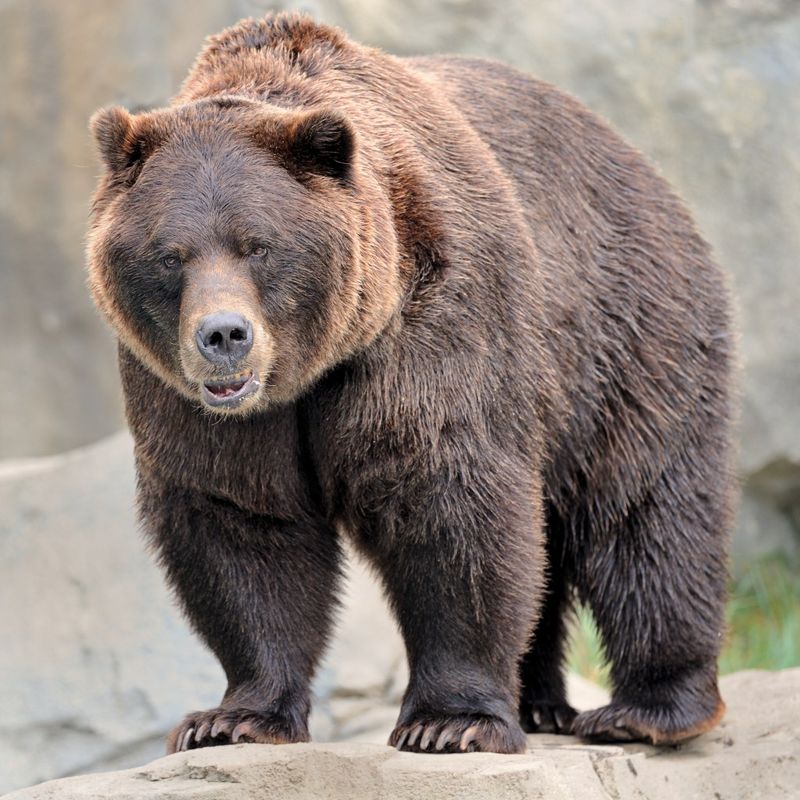
Time has long passed since grizzlies called Texas home. The final confirmed Texas grizzly met its end in Jeff Davis County around 1905, falling to a hunter’s bullet during an era when predator elimination was common practice.
This marked the end of an era for Texas wildlife. Since that fateful day, no verified wild grizzly has set paw on Texas soil, closing a significant chapter in the state’s natural history.
3. Texas Grizzlies Were A Unique Subspecies

Not just any grizzlies lived in Texas. The bears that once roamed the state belonged to the Mexican grizzly subspecies, smaller than their northern cousins but equally formidable.
Sadly, this distinct population vanished completely by the 1960s. The Mexican grizzly is now classified as extinct, taking with it genetic adaptations uniquely suited to the southern landscapes and warmer climates of the region.
4. Grizzlies Are Federally Protected Elsewhere
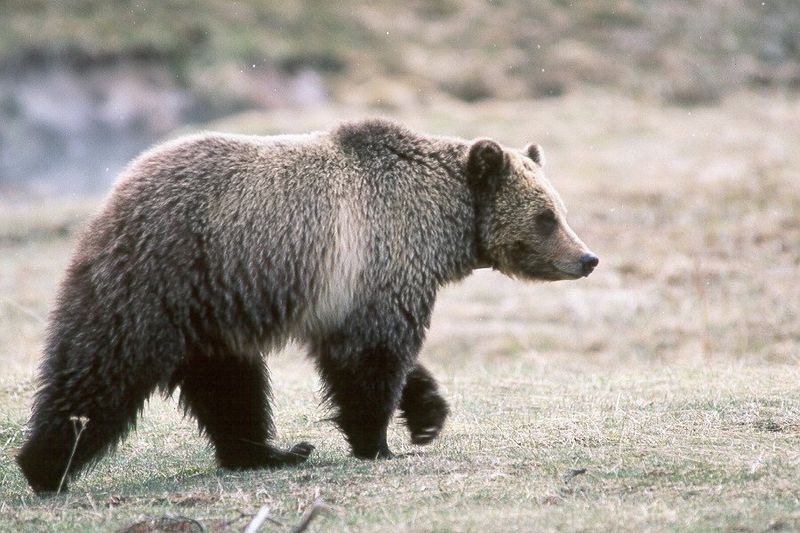
Strong legal shields now guard remaining grizzly populations. The Endangered Species Act has protected grizzlies since 1975, making it illegal to harm or kill these bears without specific authorization.
Federal agencies actively work to restore grizzly numbers in selected northern regions. Recovery efforts include habitat protection, research programs, and conflict management strategies to help bears and humans coexist peacefully in states like Montana and Wyoming.
5. Texas Isn’t One Of The Recovery Zones

Federal wildlife managers have mapped out specific areas for grizzly recovery. These six designated zones include parts of Montana, Wyoming, Idaho, and Washington—creating safe havens where grizzlies can rebuild their populations.
Texas appears nowhere on this official list. The federal recovery strategy focuses exclusively on restoring bears to portions of their historic range that still offer suitable habitat conditions, leaving Texas out of current and future planning.
6. The Closest Wild Grizzlies Live Thousands Of Miles Away

Distance separates Texas from any possible grizzly encounters. Today’s nearest wild grizzly populations thrive in the Greater Yellowstone Ecosystem and northern Montana’s Glacier National Park region.
Measuring the gap between these bears and Texas reveals over 1,200 miles of terrain. This vast separation includes multiple states, countless human developments, and habitat types completely unsuitable for grizzly survival and migration.
7. Reintroductions Are Focused On The Northwest
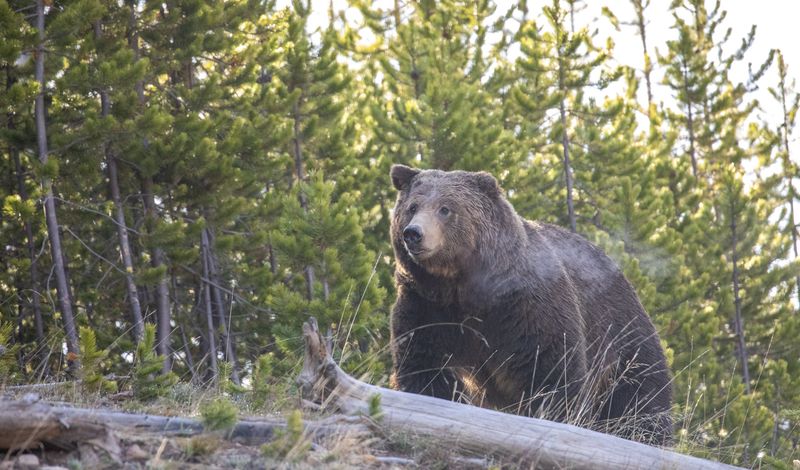
Conservation efforts target specific northern regions for bear restoration. Places like Washington’s North Cascades represent the cutting edge of grizzly recovery work, with ongoing studies examining potential reintroduction feasibility.
Wildlife managers prioritize areas with existing wilderness, low human population density, and natural food sources. Their careful approach focuses on connecting isolated bear populations rather than establishing completely new ones in distant southern states.
8. There’s No Federal Plan For Texas

Government wildlife agencies have made their position clear. No official proposals exist for bringing grizzlies back to Texas, either now or in long-term planning documents.
The U.S. Fish & Wildlife Service focuses its limited resources on maintaining existing bear populations. Their recovery strategy prioritizes areas where grizzlies already exist or recently lived, making Texas extremely low on the priority list given its century-long absence of these magnificent creatures.
9. Grizzlies Require Vast, Wild Terrain

Habitat needs make Texas unsuitable for modern grizzlies. These bears thrive in remote, mountainous regions with abundant natural food sources and minimal human presence.
Male grizzlies typically roam territories spanning hundreds of square miles. Modern Texas, with its fragmented wilderness, extensive development, and warmer climate patterns, simply doesn’t offer the connected, cool mountain habitat these bears need to establish sustainable populations.
10. No Natural Migration Path Exists
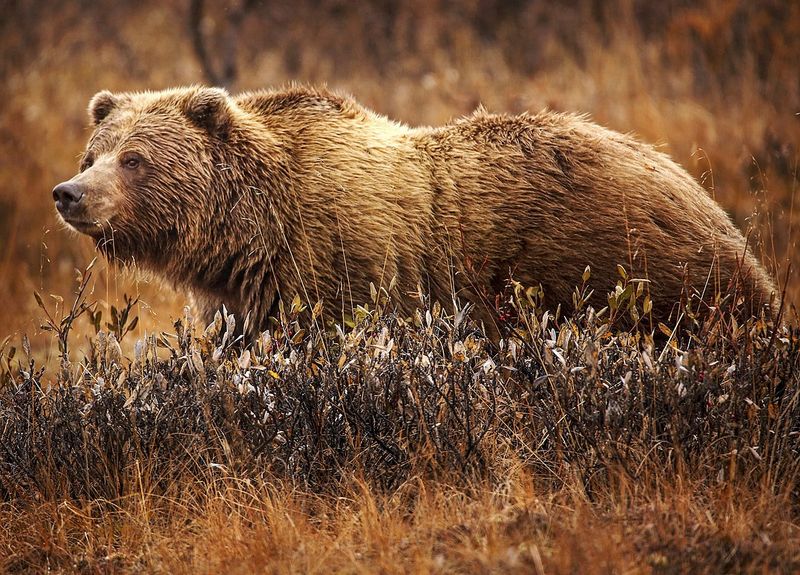
Geography prevents natural grizzly return to Texas. With no neighboring bear populations in Oklahoma, New Mexico, or northern Mexico, there’s simply no source population that could naturally expand into Texas.
Bears would need to cross vast stretches of unsuitable habitat. The fragmented landscapes, highways, cities, and agricultural areas create an impassable barrier between existing grizzly populations and Texas, making natural recolonization virtually impossible.
11. Texans May Still See Bears – Just Not Grizzlies
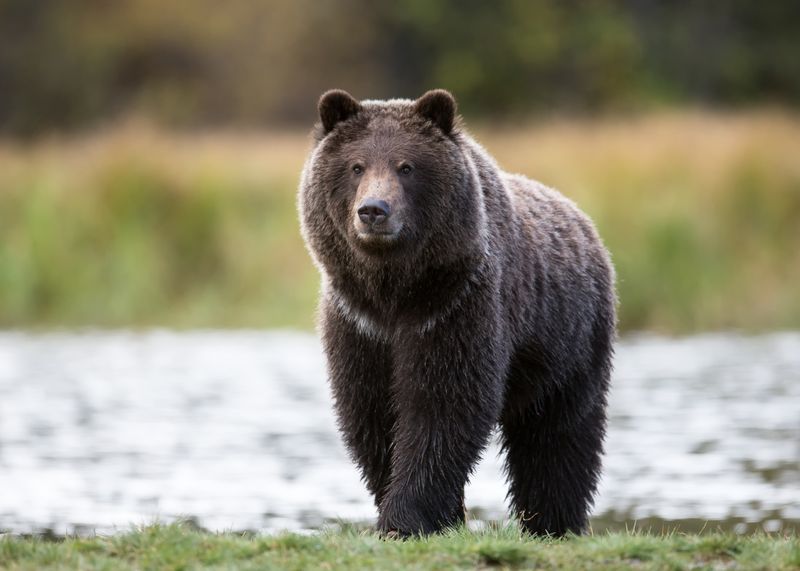
Bear sightings in Texas are increasing, but don’t panic. Black bears, not grizzlies, are making a comeback in parts of the state, particularly in the Trans-Pecos, Big Bend, and eastern forests near Louisiana.
These smaller cousins pose far less risk to humans. Adult black bears typically weigh 200-350 pounds compared to grizzlies’ 700+ pounds, and have gentler temperaments. Their return represents a natural recolonization from neighboring states and Mexico, filling an ecological niche left empty for decades.
12. Bottom Line: Don’t Expect Grizzlies In Texas Anytime Soon
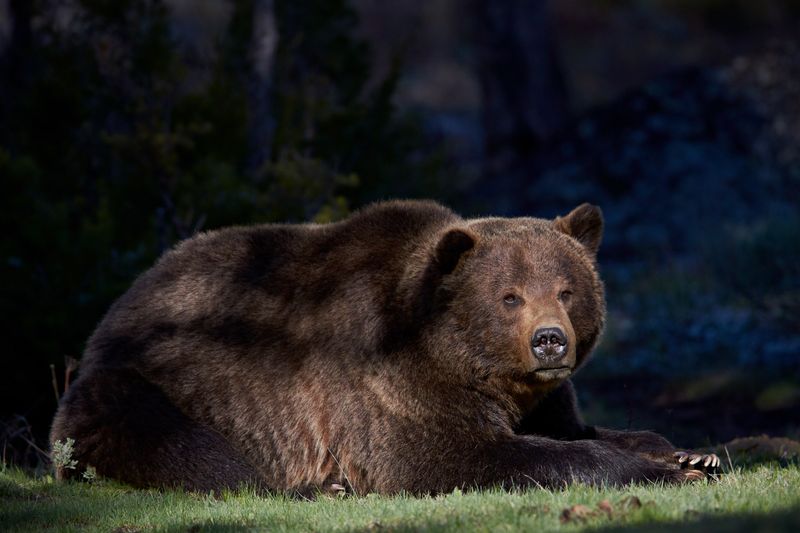
Reality check: grizzlies won’t be returning to Texas in our lifetime. The combination of unsuitable habitat, vast distances from source populations, and absence of reintroduction plans makes their return virtually impossible.
Wildlife experts unanimously agree on this point. While conservation has helped bears recover in some northern regions, the factors preventing their Texas return remain insurmountable. Texans can appreciate these magnificent creatures in places like Yellowstone, but not in their own backyard.


